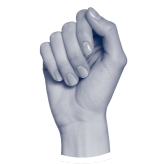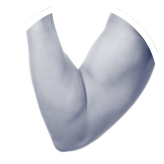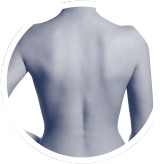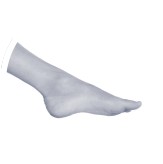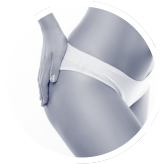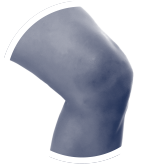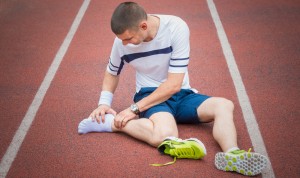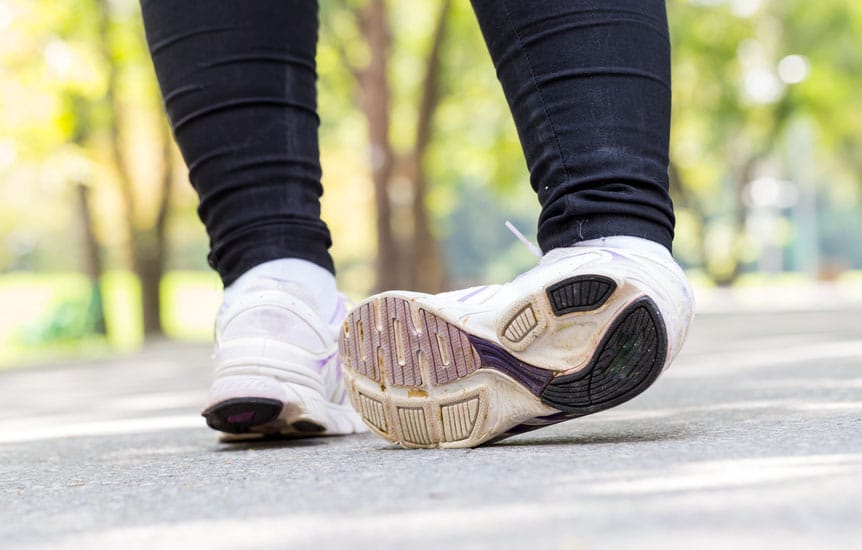
It is likely that, at some point in your life, you will suffer from strains or sprains. Both are fairly common, can be painful and hinder your ability to move.
But what are strains and sprains exactly and how can you protect yourself from these injuries?
Strains
These occur when the muscle is overexerted and stretched or contracted beyond its physical limit. Strains are common in muscles used for everyday tasks, such as the legs and back and are more common in those who play sports.
Symptoms of a strain are:
• Pain (of varying degrees)
• Loss of function in the muscle
• A ‘tight’ feeling of the affected muscle
• Swelling, redness or bruising.
Sprains
These occur when ligaments (the connective tissue that connects one bone with another) become stretched, twisted or torn. This is usually as a direct result of an excessive force being applied to a joint, such as an awkward landing.
Symptoms of a sprain are:
• Pain around a joint (of varying degrees)
• Inability to apply pressure on the joint
• Swelling or tenderness.
Causes of Strains and Sprains
The majority of strains and sprains occur during an accident, such as a fall, but can also occur through day-to-day tasks, such as overreaching for an item. One of the more common sprains, ankle sprains are more common in those who wear ill-fitting shoes or high heels.
Another major cause is sports injuries. These normally occur when a person is playing the sport for the first time and their muscles or joints are not used to the pressure involved.
Diagnosing a Strain or Sprain
Most sprains and strains will heal over time. But for injuries that have more severe symptoms, it is recommended you go and see your GP or contact London Bridge Orthopaedics.
Your doctor will ask a few questions regarding the injury, such as how it happened, where is it painful, if you are able to apply pressure on it and whether you are taking any medication while performing an examination the injured area.
For particularly severe cases, X-rays may be used. This is usually recommended for anyone over the age of 55 due to the increased risk of a bone fracture.
Treatment
Most strain and sprain injuries can be managed at home with simple movements and painkillers to manage symptomatic pain. For most, this will mean applying ‘PRICE’ therapy. This involves:
• Protection: avoid exasperating the injury further.
• Rest: Try not to add stress to the injury. Try using a sling or crutches to rest the injury.
• Ice: Apply ice to the injured area for 15 minutes every 3 hours.
• Compression: Limit swelling by compressing the injury.
• Elevation: Reduce swelling by elevating the injury above the heart line.
For particularly severe injuries, physiotherapy or surgery may be recommended by your doctor to prevent any long-term problems. However, these treatments are extremely rare.
Depending on where the injury, its severity and level of treatment, time for recovery for sprains and strains is varying– some people take a few weeks while others may take several months.
Preventing Strains and Sprains
Prevention is always better than a cure – the same can be said about strains and sprains.
The best preventative measure is to regularly strengthen and stretch to reduce the risk of strains and sprains. This helps the joints stay strong and flexible.
Other preventative measures include:
• Warming up and cooling down while exercising to avoid overstretching the muscles.
• Always be alert and focused while exercising.
• Maintain a healthy weight to avoid adding further excess weight and stress onto joints or muscles.
• Remove any slip and trip hazards – clear areas of clutter and put salt on ice outside your house.
For more health and orthopaedic news, follow London Bridge Orthopaedics on Twitter, Facebook and LinkedIn.


